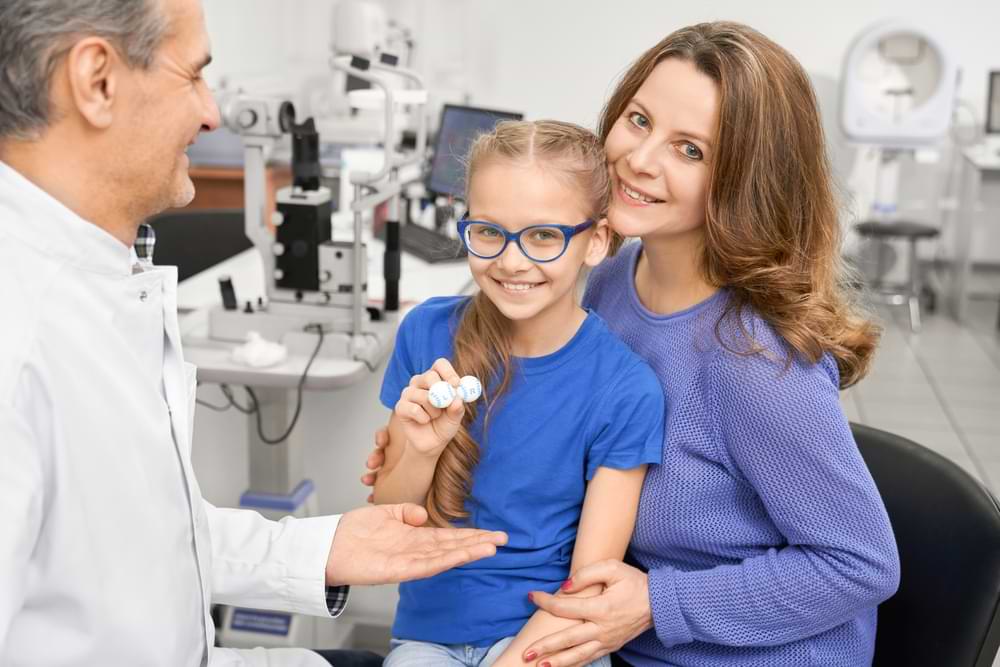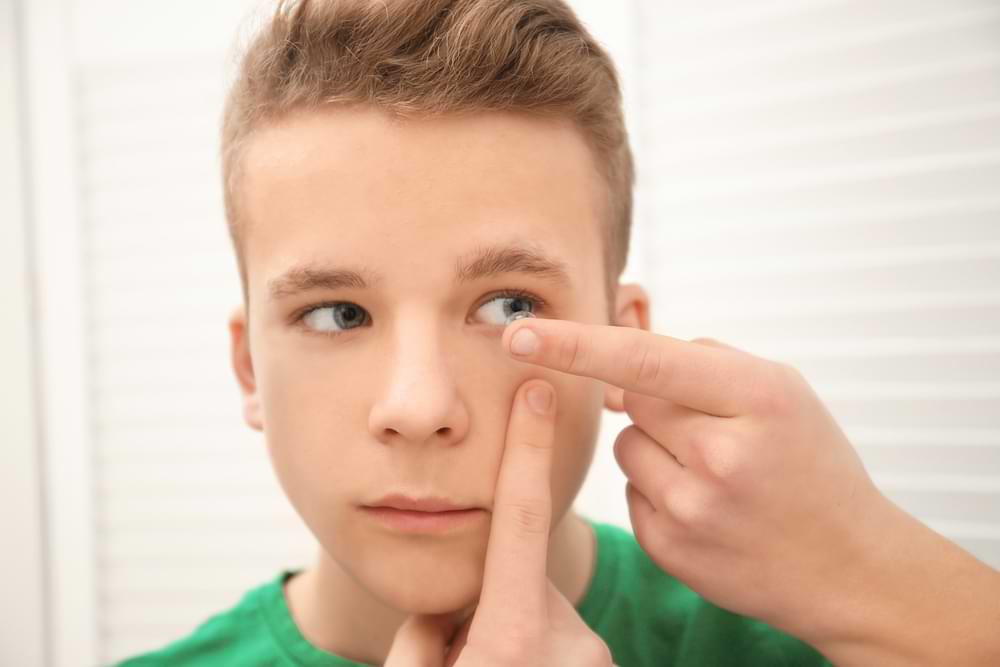Myopia Control for Kids
Myopia, commonly known as nearsightedness, is primarily an ocular health condition where the eyeball grows disproportionately or elongates more than normal, leading to vision issues. This abnormal growth causes light rays to focus in front of the retina instead of directly on it, making distant objects appear blurry while close ones remain clear. Often beginning in childhood, myopia typically stabilizes in adulthood as the eye’s growth ceases.
Recent years have seen significant myopia control breakthroughs in specialized eyewear for children, designed to slow down and reduce the onset of myopia, thereby enhancing their quality of life in adulthood. Some studies have shown these new approaches can reduce myopia by up to 60%.
I’m Martin Robinson, the founding optometrist of Martin’s Eyecare. Our practice has been situated in the bustling heart of Glenorchy since 2009, and stands proudly as one of the only two completely independent optometry practices in Southern Tasmania.
My philosophy has always been that “prevention is indeed better than cure” when it comes to eye health. The investment that you put into your child’s vision while their eyes are still young will pay dividends over their entire life.
So, let’s explore some recent, innovative options to protect the eyesight of our younger generation.
The Rise of Myopia in Children
Around the world, myopia is becoming a condition of epidemic proportions. According to the World Health Organization, if the current trend continues, half of the world’s population will be nearsighted by 2050.
Myopia can adversely impact your child’s daily activities, such as seeing the blackboard in school or participating in outdoor sports, potentially affecting their academic performance and quality of life. Children with myopia may struggle with tasks that require distance vision, leading to challenges in both educational and social settings.
Several factors contribute to myopia progression in kids. Increased screen time is a major one, with children spending more hours in front of computers, tablets, and smartphones. This prolonged “near work” can strain young eyes and may accelerate myopia progression.
Additionally, there’s a growing concern about reduced outdoor activity. Exposure to natural light and distance viewing during outdoor play are essential for healthy eye development, and the lack of these activities may be contributing to the rise in myopia.
Long-Term Ocular Health Impacts of Myopia
While myopia is often discussed in terms of its immediate effect on vision clarity, its potential long-term impacts on ocular health are significant and warrant close attention. As an optometrist at Martin’s Eyecare, I cannot stress enough the importance of understanding these risks, as they underscore the critical need for myopia control strategies. Here are some key long-term ocular health implications associated with myopia:
- Increased Risk of Glaucoma: Myopia, particularly high myopia, is linked to a heightened risk of developing glaucoma, a serious eye condition that can lead to vision loss. The elongation of the eyeball associated with myopia may affect the eye’s internal fluid pressure and drainage, contributing to conditions that precipitate glaucoma.
- Susceptibility to Retinal Detachment: The stretching of the eyeball in myopia can thin and weaken the retina, the light-sensitive layer at the back of the eye. This makes it more susceptible to tears and detachment, a severe condition that can cause significant vision impairment or even blindness if left untreated.
- Development of Myopic Maculopathy: Myopia can lead to changes in the macula, the central part of the retina responsible for detailed vision. Over time, myopic individuals may develop myopic maculopathy, which involves the deterioration of the macula and can result in a decrease in central vision.
- Other Complications: Apart from these major conditions, myopia can lead to other complications like cataracts and choroidal neovascularization, further emphasizing the need for regular eye examinations and appropriate myopia management.
Understanding these risks is a crucial part of managing myopia. It’s not just about correcting nearsighted vision; it’s about taking proactive steps to safeguard overall eye health in the long term. At Martin’s Eyecare, we focus on comprehensive eye care, which includes regular monitoring and management of myopia to minimize these risks. We encourage patients, especially those with high myopia, to maintain regular check-ups and discuss myopia control options with their optometrist.


Contact Lenses for Myopia Control
Contact lenses have emerged as an effective alternative to glasses for myopia control, particularly for active children and teenagers.
MiSight Contact Lenses
MiSight one day contact lenses from CooperVision are specially designed for myopia control and are the first contact lenses approved by regulatory bodies for this purpose. They use a dual-focus design that corrects vision while simultaneously reducing the stimulus that leads to myopia progression.
For children using MiSight lenses, establishing a consistent and healthy routine is crucial:
- Consistent Wear: It’s important for children to wear these lenses as prescribed, usually on a daily wear basis. Consistent wear ensures continuous control of myopia progression.
- Hygiene Practices: Proper hygiene is paramount. Children should be taught to wash their hands thoroughly before handling lenses and to clean and store the lenses properly.
- Regular Check-ups: Regular follow-ups with an optometrist are essential to monitor the child’s eye health, the fit of the lenses, and the progression of myopia.
- Balanced Usage: While MiSight lenses are effective, it’s also important to balance their use with time spent outdoors and limiting near work activities.
- Parental Guidance and Supervision: Especially for younger children, parental guidance in handling and caring for contact lenses is vital for ensuring the child’s safety and the effectiveness of the treatment.
Ortho-K Lenses
Orthokeratology (Ortho-K) lenses are an increasingly popular myopia control solution, offering numerous benefits that often surpass other options, including MiSight contact lenses.
- Nighttime Wear for Daytime Clarity: Ortho-K lenses are uniquely designed to be worn overnight, reshaping the cornea while the child sleeps. This innovative approach provides clear vision without the need for glasses or contact lenses during waking hours, making it a perfect fit for active children or those engaged in sports.
- Cost-Effectiveness Over Time: While Ortho-K may have a higher initial cost, its long-term value is exceptional. Whereas MiSight lenses need regular replacement, Ortho-K can potentially be a more economical alternative over time. This is especially the case if there is minimal myopic progression and the contact lenses are well looked after.
Just like any myopia management solution, Ortho-K requires ongoing professional care, which is a standard practice to ensure the best outcomes for all vision correction methods.
At Martin’s Eyecare, our team is dedicated to providing personalized solutions for managing myopia. We find that for many children, especially those with specific vision needs, Ortho-K lenses offer a great combination of effectiveness, convenience, and long-term value. We encourage families to explore this option and discuss its many benefits during a consultation at our clinic.
Myopia Glasses: A Solution for Myopia Control
As an optometrist, I’ve also seen firsthand the benefits of myopia control lenses, commonly known as myopia glasses. These specialized lenses are designed to slow the progression of myopia in children. Unlike regular glasses, which only correct vision, myopia glasses work on the principle of peripheral defocus, a method proven to be effective in controlling myopia.
MiyoSmart Glasses: Advanced Myopia Control
- Introduction: Launched in Australia in 2020, MiyoSmart glasses are a cutting-edge option for managing myopia in children.
- Technology: Featuring D.I.M.S. (Defocus Incorporated Multiple Segments) technology, these glasses have a central clear vision panel surrounded by multiple defocus segments, much like a window with a clear center and frosted edges. This design helps control eye elongation and slow myopia progression.
- Design for Kids: MiyoSmart glasses are durable, child-friendly, and despite being a premium option, they are a reliable choice for modern eye care needs.
Zeiss Myopia Management Lenses: MyoVision Pro Technology
- Concept: Utilizing peripheral defocus management, these lenses focus on central vision while softly spreading light to the peripheral retina, akin to a spotlight on a stage actor with softer lighting around.
- Benefits: Clinically effective in slowing myopia progression, Zeiss lenses combine functionality with comfort and style, making them ideal for daily wear by children and appealing to parents.
Rodenstock Myopia Control Lenses: MyCon Technology
- History and Innovation: With a legacy dating back to 1877, Rodenstock’s MyCon lenses employ accommodative lag management technology.
- Functionality: These lenses aid in focusing on near objects, reducing the strain on children’s eyes during close-up activities and potentially controlling myopia progression.
- Design and Availability: MyCon lenses are known for their precision, child-friendly design, and potential affordability compared to other brands. They are available in various index options, offering sleeker and thinner lenses that are both durable and suitable for children.
Each of these options at Martin’s Eyecare is designed to cater to different aspects of myopia management in children, ensuring that we can provide personalized solutions to suit each child’s needs and lifestyle.
FAQs on Myopia Control
What causes myopia?
Myopia is primarily caused by a combination of genetic factors and environmental influences, such as prolonged near work and reduced time outdoors.
At what age does myopia progression stop?
Myopia progression typically stabilizes in the late teens or early twenties, but this can vary depending on individual factors.
What is the success rate of myopia glasses?
Clinical evidence conducted by the Centre for Myopia Research shows that specialized glasses could slow myopia, on average by 60%, in a two-year controlled clinical trial.
Can kids have laser eye surgery for myopia?
Laser eye surgery is generally not recommended for children, as their eyes are still developing and the prescription may change over time. In our practice we typically suggest 25 years old as a minimum for LASIK surgery, although it is very much a case by case basis as some people cease progression much earlier. There are numerous factors to consider as to whether an individual is suitable for refractive surgery.
Conclusion
To all the parents reading this, now is the crucial moment to act on behalf of your child’s vision. The progression of myopia, beginning in childhood, can have long-term consequences if left unchecked. It’s not just about seeing clearly today; it’s about ensuring a future where your loved one’s vision doesn’t hold them back.
Early detection and intervention are key in altering the course of myopia. At Martin’s Eyecare, we’re committed to providing thorough eye examinations and a range of innovative myopia control solutions, tailored to meet the unique needs of each child. From specialized glasses like MiyoSmart and Zeiss to advanced contact lens options like Ortho-K and MiSight, our goal is to offer the most effective, comfortable, and suitable options for myopia management.
Come and see us at our Glenorchy optometry practice, just a 10 minute drive from the centre of Hobart.
